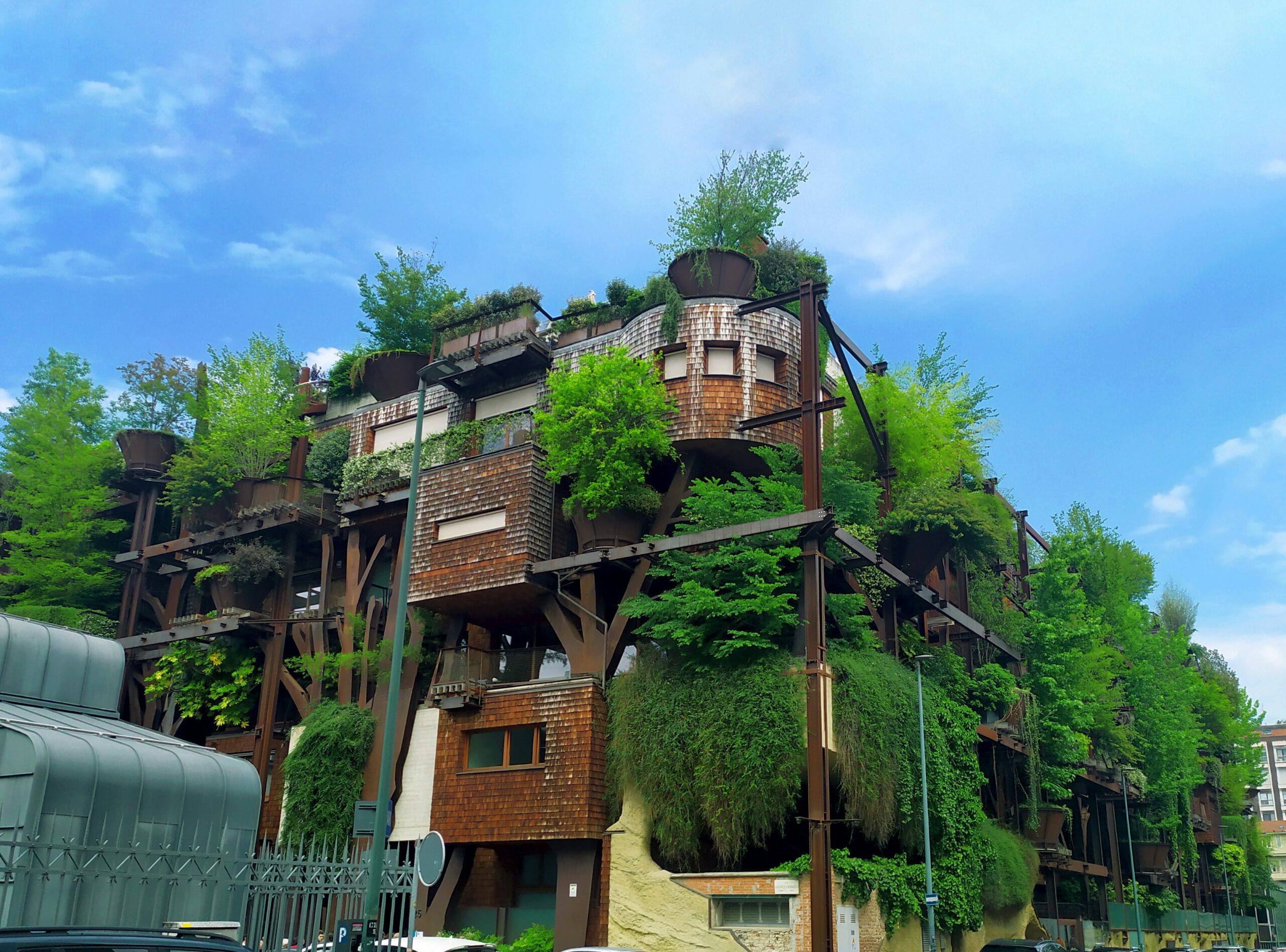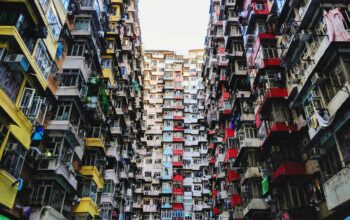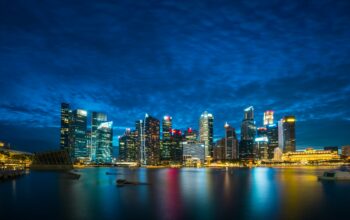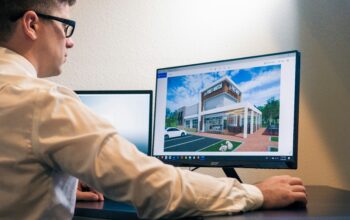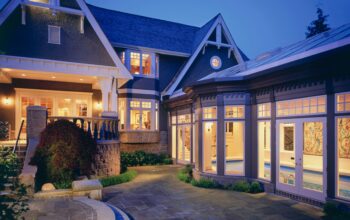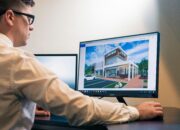Uzone.id – Europe is one of the oldest continents with an incredible history and culture and now it goes through the most significant process in the aspect of architectural breakthrough.
Indeed, the ideas of many architects and property developers underline their appreciation of a more sustainable approach, aiming at a generation of beautiful buildings that are friendly to the environment. This is because people are aware of the environmental changes, and the impacts of their actions on climate change especially through excessive carbon emissions.
What is Green Architecture?
Green architecture, or more specifically green building, is a concept of creating structures and designs that will have a lesser impact on the environment. This consists of energy conservation, use of sustainable resources when constructing buildings, management of stormwater, and designing healthy indoor climates.

The present paper aims to examine the trends of Green Architecture in Europe.
Some of the prominent green architecture trends in Europe today include:
Renovation of Old Buildings: Today’s architects are not focusing on demolishing old structures but incorporating green elements in their design and restoration. According to Vincent Callebaut, an acclaimed architect based in Belgium, the best practice for cutting down the production of construction waste and safeguarding the spirit of a city is by retrofitting structures that are old.
Use of Local Materials: Local material not only eliminates transportation-associated emissions but also benefits the local economy. Europe is also known to incorporate local materials such as natural stones, woods, and clay in green architectural designs as seen before.
Integration of Renewable Energy: Renewable energy technologies such as solar PV systems, small wind turbines, and geothermal heating systems are some of the renewable energies being incorporated in green buildings. Some points for alternative energy: Renewable energy not only could avoid fossil energy products but also can make clean energy, as mentioned by Christian Volk from Germany.
Biophilic Design: Biophilic design is a concept that seeks to introduce nature into buildings as well as to counter the negative effects of human separation from nature. These can be achieved with natural features like plants, natural lighting, and natural ventilation among others. Stephen R. Kellert, environmental psychologist, Yale University: Biophilic design has been found to raise the levels of study or work productivity, ideas output, and general health well-being of the occupants.
Besides augmenting efficiency and innovation, biophilic design also brings down stress levels, enhances sleep quality, and enhances peoples’ relationship with nature. For instance, natural elements such as; standing gardens, roof gardens, and water elements like waterfalls and fountains can act as deterrents to stress.
As with the related notion of biophilization, the notion of biophilic design is applied to spaces and public urban spaces, including city parks and plazas. This is in a bid to help the city transform into more eco-friendly and comfortable for all its residents.
High-rise Buildings: In particular, it has been argued that skillfully planned high-rise structures can contribute to efficient use of space and limited extension of cities’ area. Speaking on the ability of high-rise buildings to be energy efficient, Norman Foster, a famous architect added that with the appropriate technology, tall structures of constructions can be environmentally friendly.
One of the most recognized examples is The Edge building in Amsterdam, Netherlands. This office building has been designed by Benthem Crouwel Architects and comes with a flexible skin that can respond to the intensity of the sun as well as incorporating an innovative natural ventilation solution.
Technologies such as smart facades, energy-efficient cooling systems as well as generation of energy through vertical axes of the building make high-rise buildings more sustainable. Moreover, the application of lightweight steel structures may decrease the building load as well.
Despite the popularity of the green architecture concept, several problems should be solved including the high cost of construction and regulatory issues. On the other hand, with the government and construction industry support, green architecture has the potential to alter the skyline of cities in Europe.
In conclusion, of course, green architecture may be considered to be one of the most important trends in construction of the future. By implementing sustainable solutions we should also develop a healthful, efficient, and sustainable living for future generations.

